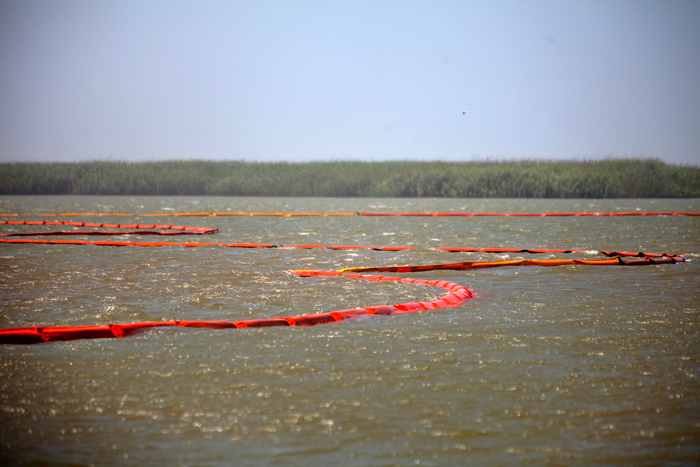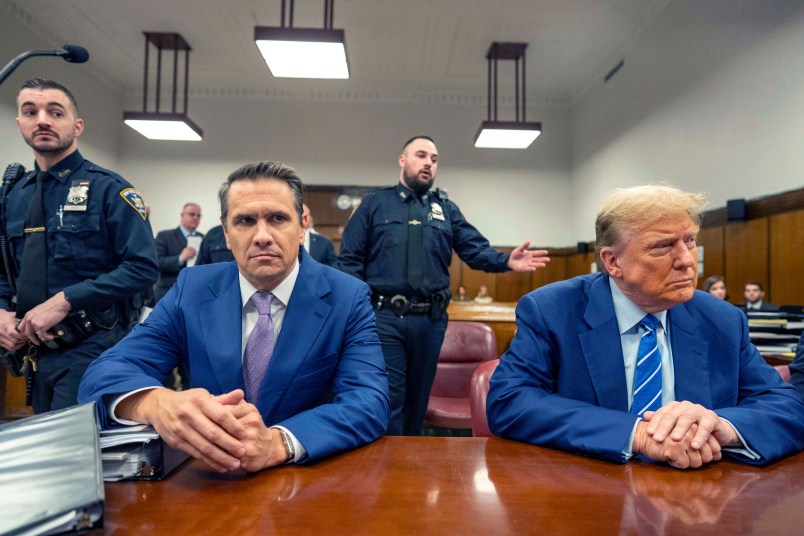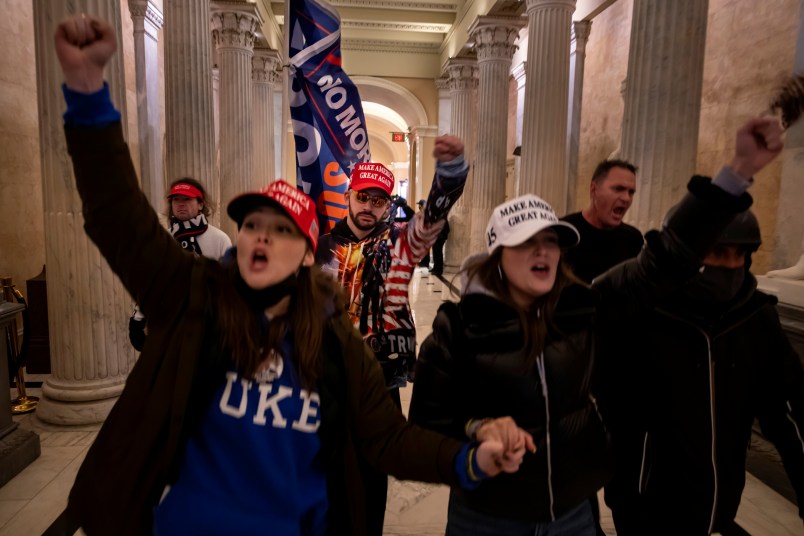by Sasha Chavkin ProPublica, Dec. 28, 2010, 12:33 p.m.
After the blowout of the Deepwater Horizon well triggered the largest oil spill in United States history, BP vowed to “Make it Right [1]” for Gulf Coast residents affected by the spill. One of the central pieces of BP’s program to make amends was to create a claims system — as required under federal law — to compensate individuals and businesses that lost money as a result of the spill.
ProPublica has examined the claims process closely to see whether BP and the government are delivering on their promises to the Gulf residents. Although nearly $3 billion has been paid out to date, there have also been chronic delays and a lack of transparency about payment decisions that have caused frustration and in many cases serious economic hardship to claimants.
At first, the claims system was managed by BP. But in the face of complaints about delays and unresponsive bureaucracy [2], the White House compelled BP to set aside $20 billion [3] in June for an escrow account that would be used to compensate spill damages. BP and the White House settled on Kenneth Feinberg, a mediator with a long track record [4] of handling contentious disputes, as the “claims czar” who would manage the compensation fund.
Most of the summer went by before Feinberg took the reins of the operation. ProPublica reported that during these months, BP deferred decisions [5] on thousands of claims whose legal eligibility was unclear until Feinberg took over the process, often without telling claimants why their applications were in limbo.
When Feinberg took over in August, he promised an array of changes [6] that would speed payments and expand eligibility for compensation.
It soon become clear that one of his main promises, his pledge to pay fully documented claims within two days for individuals and one week for businesses, was too optimistic. We reported that Feinberg’s operation was falling behind [7] in meeting his timeline for processing claims, and soon Feinberg retreated from his timeline [8] and offered an apology to claimants for raising unrealistic expectations.
In September and early October, Feinberg made two changes that led to a rapid increase in payments: He created industry-specific formulas [9] for judging groups of similar claims, and he announced that he would no longer apply a geographic test [10] to assess claimants’ eligibility.
However, some claimants continued to report delays, and we reported that many applicants were unable to get basic information [11] from Feinberg’s operation about what was happening with their claims. Feinberg told us that the longest delays were caused by claims that required tricky decisions [12] about eligibility. He vowed to improve transparency by sending claims agents down to the Gulf to answer questions and help claimants with their applications.
After Thanksgiving, the claims process moved into a new phase [13]. Feinberg stopped issuing emergency payments, which covered past damages and did not require waiving any legal rights, and began considering final claims, which cover all past and future damages but require signing away the right to sue.
Feinberg recently pledged another slate of improvements. He said he would implement his previous transparency promises [14] within weeks by sending staff to the Gulf to assist claimants and that he would disclose to the public his methodology for deciding claims.
As of Dec. 21, Feinberg’s operation had paid out about $2.5 billion [15] over roughly four months — many times the $400 million that BP distributed over nearly as long a period. However, some claimants are still struggling to get checks and to get answers about their claims, and it is unclear how far Feinberg’s latest promises of reform will go toward easing their hardship.









